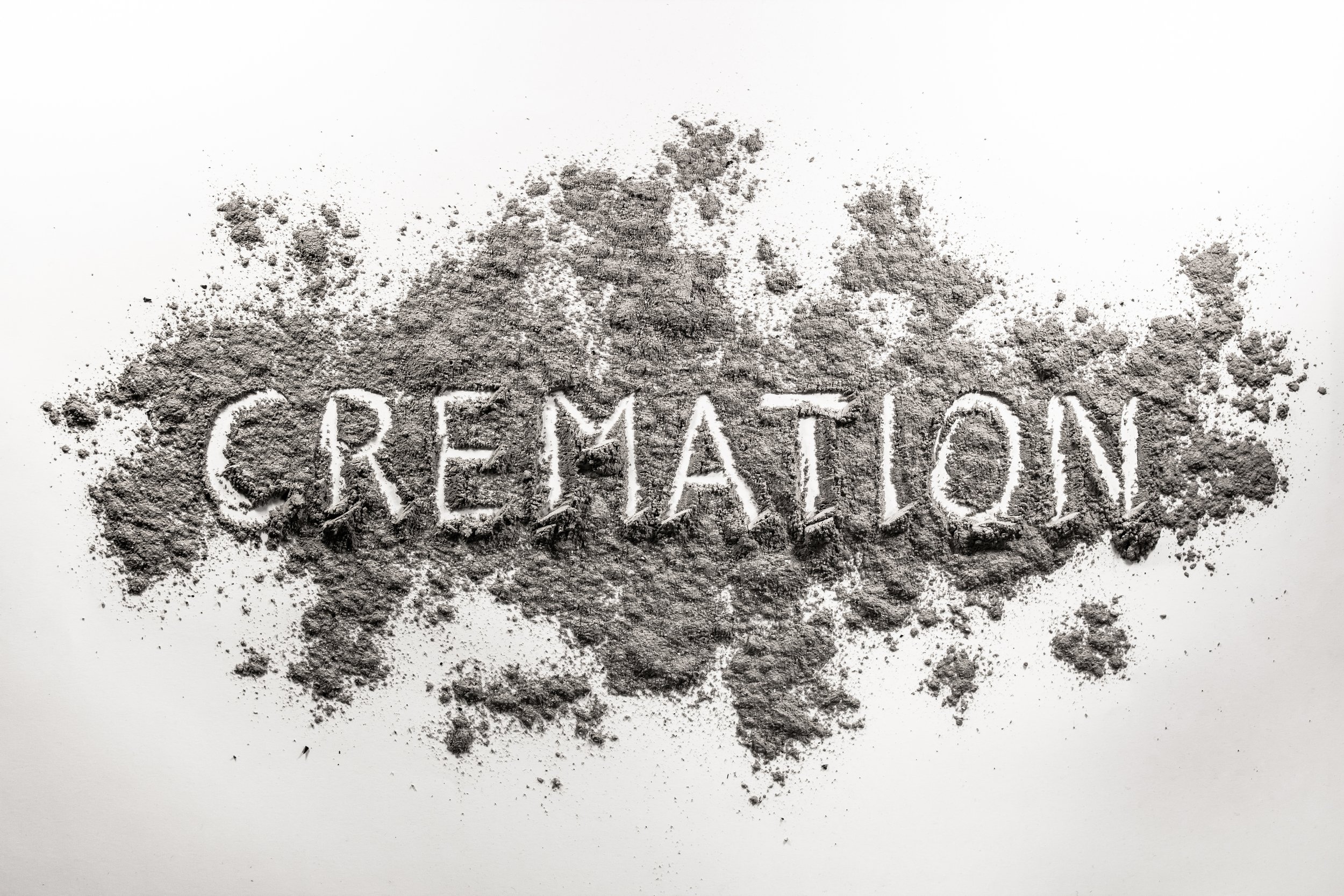The Cremation Process
8 Minute Read
Decisions After Death
Our society is scared of death. We seldom talk about it. It’s the big elephant in the room that we’d rather turn a blind eye towards.
But when you lose someone you love, that loss stays with you. It changes everything. Suddenly, you’re reminded of death constantly.
Death can be difficult to talk about. But by pre-planning your funeral arrangements, you can save your family from stress and financial hardship. Have You Considered Cremation?
You’ve probably heard of cremation before. You know what it generally refers to the process of reducing the body of a deceased person into cremated remains. But how does cremation work, exactly?
Cremation is more popular than ever. The US cremation rate is projected to reach 65.2% by 2025.
How can you explain this surge in popularity? For one, cremation is quicker and more affordable than a traditional burial. In addition, it allows family members to put cremated remains in urns or keepsake jewelry.
Do you have questions about cremation? First, we’re going to explain the cremation process in greater detail. Then, we’re going to cover what you can do with the cremated remains.
We hope this information helps you make the right decision for yourself and your family.
Here’s What a Typical Cremation Process Looks Like:
Arranging Paperwork & Preparing the Body
After someone passes away, one of their family members must authorize a cremation company to perform this service. Once the crematorium has received written permission, the cremation process will begin.
First, any jewelry or metal is removed from the body. The high heat from the cremation process will destroy jewelry, so if there are any pieces you want to keep, it’s best to ask that they be removed beforehand. But if this is not a concern to you, the jewelry can be left on.
Cremation
Next, the body is moved into a combustible container, which is usually made of wood. This container is placed in the cremation chamber.
The cremation chamber (or retort) heats to a temperature of 2,000 degrees Fahrenheit (1093℃). The body remains there for approximately 2-3 hours until all organic matter is broken down. Once this process is complete, the cremated remains are left to cool in the chamber for 30 minutes.
A common misconception about cremation is that it produces ashes. But this isn’t necessarily true. Cremated remains are mostly bone fragments. The texture of the remains is more like sand than ashes.
Next, the remains are broken down further by a cremulator. Even at such a high heat, bones are so dense that large fragments may remain. The cremulator will convert any remaining bone fragments into fine powder. Any metal that results from jewelry or dental crowns will be removed at this stage.
Packaging Remains
Now that the remains have been processed, they’re ready to be packaged into a container. But how many cremated remains will be produced?
The cremation process typically creates 1 cubic inch of ashes for every 1 lb of body weight. You can use this guide to estimate how big of an urn you’ll need.
If you’ve purchased an urn, they will be placed in it. Do you plan to spread the ashes at a special location? If so, you can ask the crematorium to put the remains in a simple and dignified container.
What to Do with Cremated Remains
Perhaps one of the greatest benefits of cremation is that you can choose from a beautiful selection of urns and keepsake jewelry. A few options include:
● Cremation urns. These can be made of materials like glass, wood, ceramic, and metal. You put them on display in a living room, or tuck them away in your bedroom.
● Companion urns. If your loved one had a partner, you can combine both sets of ashes in a companion urn. These containers hold both sets of cremated remains. It’s a beautiful way to keep your loved ones together after their passing.
● Keepsake jewelry. Popular choices include necklaces, earrings, bracelets, rings, or paperweights. These accessories allow you to keep a small piece of your loved one close to you. They’re a beautiful and meaningful way to remember someone who’s passed away. The ashes are stored in a small container inside the piece.
● Custom keepsake jewelry. Some keepsake jewelry pieces are small and discreet; from the outside, no one would know how special they really are. Others are made using the ashes, like memorial diamonds (however, these pieces tend to cost more).
Can I Hold a Traditional Funeral After Cremation Takes Place?
Yes. You can hold a celebration of life or memorial service just as you would with a burial. Consider having a family dinner with the urn present. Alternatively, you can scatter the ashes at a location that was special to your loved one.
When Can You Cremate a Body?
Many families wonder how long they need to wait after a death occurs to schedule a cremation. All you need to wait for is the appropriate paperwork, including the death certificate. At this point, you can contact a crematorium near you to arrange the service.
Before we continue with the discussion of cremation, here’s a link to a brief comparison of funerals vs. cremations from the Cremation Institute. It might help you if you are trying to make a choice.
Why Choose Cremation?
Are you weighing your options?
Cremation is a meaningful and affordable choice for many families, but you might not know if it’s right for you. Here are a few benefits to consider:
● Save money. When we’re experiencing intense emotions (like grief), it’s tough to make sensible financial decisions. Many families end up spending more than they intended to when arranging a burial service, which can cost tens of thousands of dollars.
Cremation is a smart way to save yourself from debt. The owner of Alterna Cremation writes, “Direct cremation services tend to cost less than burials. With cremation, you don’t have to pay for embalming, a casket, or a burial plot.”
● Share cremation remains with other family members. Not all families live in the same place. You might have loved ones that live across the globe. You can send cremated remains to other family members.
● Address environmental concerns. Traditional burials aren’t the most eco-friendly practice. The act of getting a burial plot itself takes up land space. On top of that, the chemicals used to embalm a body can lead to pollution concerns.
Talking about death helps us process our grief. Even if you haven’t lost someone, it gives you peace of mind to understand your options.
Learning more about the cremation process might help you decide how to celebrate your end of life. Or, it may inspire you to have a conversation about it with someone close to you.
Now that you know more about cremation, we hope you have a clearer idea of which burial option you prefer.
If you are feeling anticipatory grief as you face the death of a loved one, or are grieving the death of a loved one, visit my website jillgriefcounselor.com or email me at jillgriefcounselor@gmail.com to learn about my grief counseling practice.




